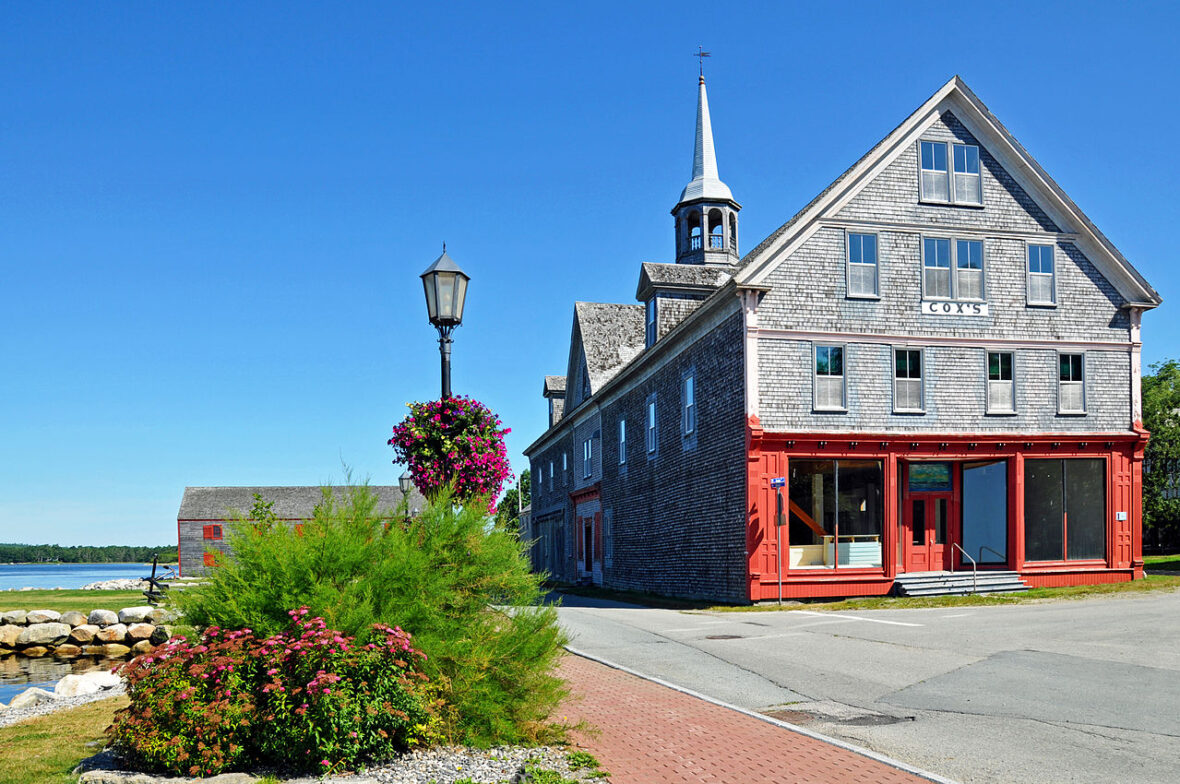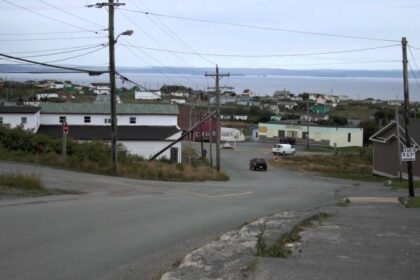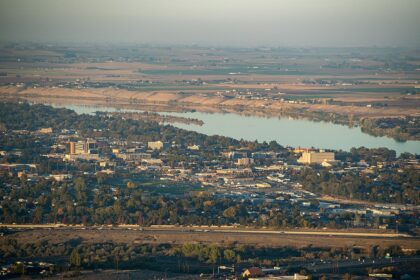Shelburne is a town located in southwestern Nova Scotia, Canada. It is home to the Bowers Meadows Wilderness Area. Take a look below for 30 interesting and amazing facts about Shelburne, Nova Scotia, Canada.
1. Early European settlers had small subsistence farms, but most of the inhabitants’ income from that time to the present have been derived from the sea.
2. Shelburne lies at the southwest corner of Nova Scotia, at roughly the same latitude as Portland, Maine in the United States.
3. The Mi’kmaq called the large and well-sheltered harbour Logumkeegan or Sogumkeagum.
4. The first Europeans to make a settlement on these shores were the French Acadians.
5. They set up a small fishing settlement known as Port Razoir in the late 17th century, named after the harbour’s resemblance to an open razor.
6. The Acadian fishing settlement was abandoned after repeated raids from English colonists from New England during Queen Anne’s War in 1705, in which five Acadians were taken prisoner, and 1708.
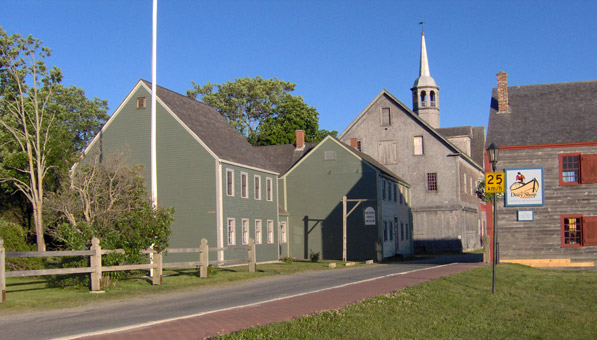
7. On May 14, 1715, New England naval commander Cyprian Southack attempted to create a permanent fishing station at a place he named “Cape Roseway” (now known as Shelburne). Shortly after he set up a base, in July 1715 the Mi’kmaq raided the station and burned it to the ground. In response, Southack led a raid on Canso, Nova Scotia (1718) and encouraged Governor Phillips to fortify Canso.
8. New England fishermen knew Shelburne as “Port Roseway” and frequently used the outer harbour for seasonal shelter and repairs. Pirate Ned Low raided the New England fishing fleet at Shelburne Harbour in 1723, capturing 13 ships and taking Philip Ashton captive.
9. After the English conducted the Acadian Expulsion in 1755, there were no settlers for several decades. Alexander McNutt attempted to start a settlement in 1765 but was not successful.
10. In the spring of 1783, more than 5,000 settlers arrived on the shores of Shelburne Harbour from New York and the Middle Colonies of the Thirteen Colonies. These settlers were Loyalists (referred to later in Canada as United Empire Loyalists), British-American colonists who had opposed the Revolution and remained loyal to Britain.
11. The Crown offered them free land, tools, and provisions as compensation to lure them to settle in this relatively undeveloped area. Four hundred families associated to form a town at Port Roseway, which Governor Parr renamed Shelburne later that year, after Lord Shelburne, the British prime minister. This group was led by the Port Roseway Associates, who had formed while still in New York and petitioned Governor Parr for the land.
12. The Black Loyalists, a large group of African-American slaves who escaped from rebels to British lines and were promised freedom, were evacuated and transported by British forces to Shelburne Harbour at the same time. They founded Birchtown next to Shelburne. It developed as North America’s largest free Black settlement. But, the Black Loyalists had to endure long waits before receiving land, were granted less than the whites, and faced discrimination from other colonists, including some who had taken their slaves with them to Canada.
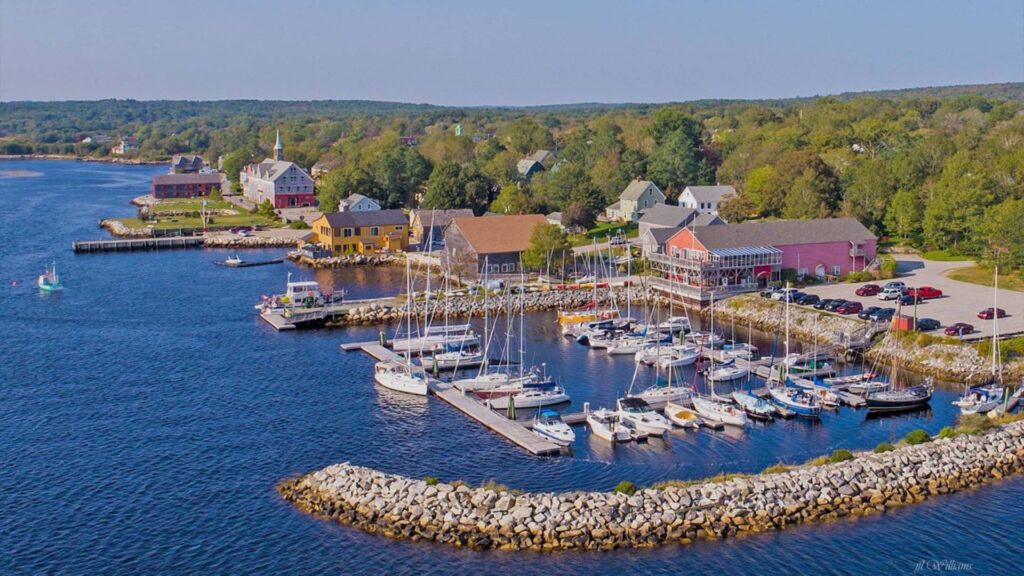
13. In July 1784, whites conducted the Shelburne Riots against the African Americans.
14. In the fall of 1783, a second wave of settlers arrived in Shelburne. The community was settled by Loyalists soldiers of the Duke of Cumberland’s Regiment. By 1784, the population of this new community is estimated to have been 17,000, making it the fourth-largest city in North America.
15. But, initial hopes were short-lived; the settlement suffered from a lack of viable agricultural land, poor inland transportation links, and too few pioneers who knew how to develop frontier property. These problems curtailed its economic growth. The population fell sharply by the 1790s, leaving many abandoned buildings. However, the remaining residents gradually developed the harbour potential as a fishing and shipbuilding centre.
16. In 1792, more than 1,000 Black Loyalists accepted a British offer to resettle in Freetown (current Sierra Leone), a newly founded British colony in West Africa. They became the core of an ethnic group that became known as Krios (for Creoles), which included numerous Black Poor of London (many of them also African Americans resettled after the American Revolution), former slaves resettled from Jamaica, and slaves liberated from illegal trading ships after Britain and the United States prohibited the Atlantic slave trade.
17. Shipbuilding is a historically significant industry. The first vessel launched at Shelburne was the 181-ton Roseway, built for MacLean and Bogle in 1786. Commissary Island, now a peninsula, was the area from which supplies of flour, pork, and salt were dispensed to the Loyalists by the Commissary General, Mr. Brinley. Later, this area became the shipyard of Joseph McGill. The Cox family also built their own ships and conducted extensive international trade.
18. The former MacKay shipyard was located in Shelburne at Black’s Brook. Donald McKay, famous in the United States for the clippers which he built at Boston, began his shipbuilding career in Shelburne. He was born at Jordan Falls in 1810, and left the area at the age of 16 to apprentice in New York.
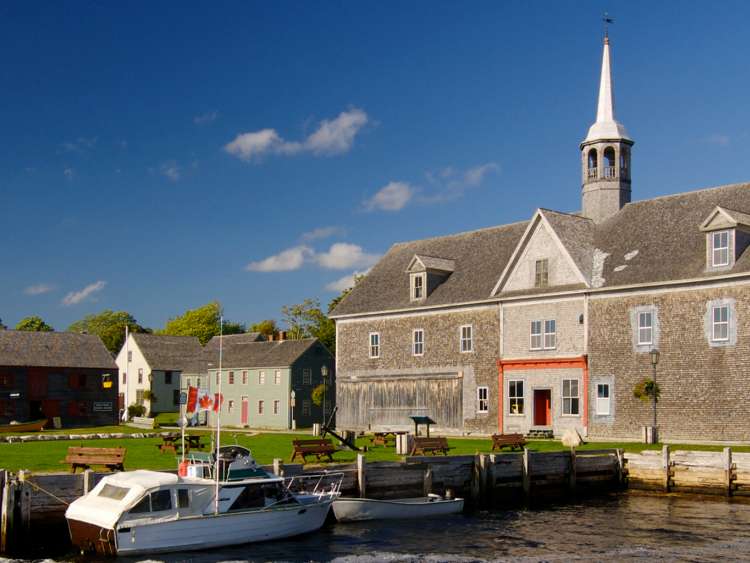
19. Led by master shipbuilders such as Amos Pentz and James Havelock Harding, Shelburne shipyards built many fishing schooners in the banks fishing era, as well as a notable research yacht inspired by fishing schooners, the schooner Blue Dolphin in 1926.
20. In May 1945, following Germany’s surrender, U-889 surrendered to the RCN at Shelburne, Nova Scotia.
21. Many of Shelburne’s buildings date back to Loyalist times. The Shelburne County Museum is a restored home built in 1787 by David Nairn, a cooper from Scotland. The present-day Christ Church (Anglican) is on the site of the original building of the same name, which was designed by Loyalist Isaac Hildreth and consecrated by Bishop Charles Inglis in 1790. The original structure was destroyed by fire in 1971. Tottie’s Store is thought to have been built by John Tottie about the year 1800.
22. In 1787, government distribution of provisions to the new settlers was terminated. As the settlement was not yet self-supporting, many settlers put their houses up for sale or abandoned them. They left for England, New Brunswick, Upper Canada, and the United States. About half the population of African Americans left, many going to the new colony of Freetown in West Africa (now Sierra Leone). By the 1820s, the population of Shelburne had dwindled to about 300.
23. Although much smaller today, Shelburne remains the capital of the county which bears its name. It was incorporated as a town on April 4, 1907. Many descendants of the first-generation immigrant Loyalists still live in the area today.
24. Fishing remains a primary industry. Other economic activities include tourism, ship building and repair, aquaculture, logging, fish processing, and the manufacture of barrels, institutional furniture, granite monuments, and marine supplies.
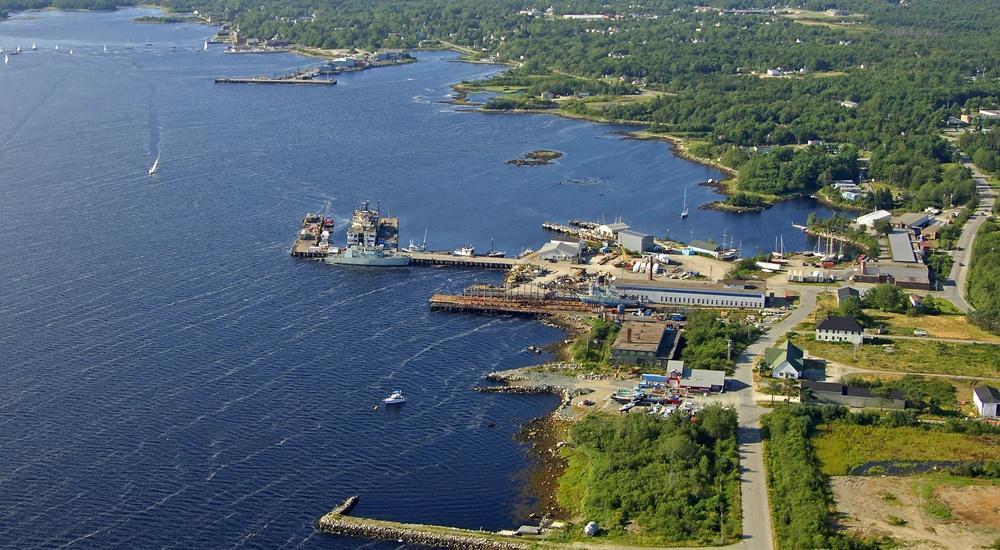
25. In 2011, Halifax-based Irving Shipbuilding Company completed the renovation of the Shelburne Shipbuilding facility, which included the installation of North America’s largest marine railway. In late 2011, Irving was awarded the largest-ever government shipbuilding contract, valued at approximately $35 billion. This is chiefly for work at their Halifax Shipyard, but some work is expected to be done at the Shelburne yard over the 30-year term of the contract.
26. Cooke Aquaculture Ltd. has chosen Shelburne as site for a substantial increase in their salmon farming operation. Plans are to increase the number of farms in the area to eight or more and construct a fish processing plant employing 350 people. In February 2012, the Canadian Food Inspection Agency quarantined one site due to a suspected Infectious Salmon Anemia (ISA) occurrence.
27. The area is served by a weekly newspaper, a large online news operation, radio stations east and west of the town and CBC radio from Halifax, and the regional version of the Chronicle Herald.
28. The weekly newspaper, The Coast Guard, is published in a building at the same intersection where newspapers have been published since 1784. They have included the General Advertiser, the Port Roseway Gazetteer and Shelburne Advertiser, and the American Gazette.
29. In the 2016 Census of Population conducted by Statistics Canada, the Town of Shelburne recorded a population of 1,743 living in 823 of its 909 total private dwellings, a change of 3.4% from its 2011 population of 1,686. With a land area of 8.84 km2 (3.41 sq mi), it had a population density of 197.2/km2 (510.7/sq mi) in 2016.
30. In 1992, Dock Street was the location for the filming of Mary Silliman’s War, based on a true story and depicting Fairfield, Connecticut during the American Revolution. In 1994, Dock Street and area was the location of a major film, The Scarlet Letter, based on Nathaniel Hawthorne’s novel about Puritan New England in the mid-17th century. Some of the buildings on Dock Street still retain the grey-tone paint finishes used for the film.

